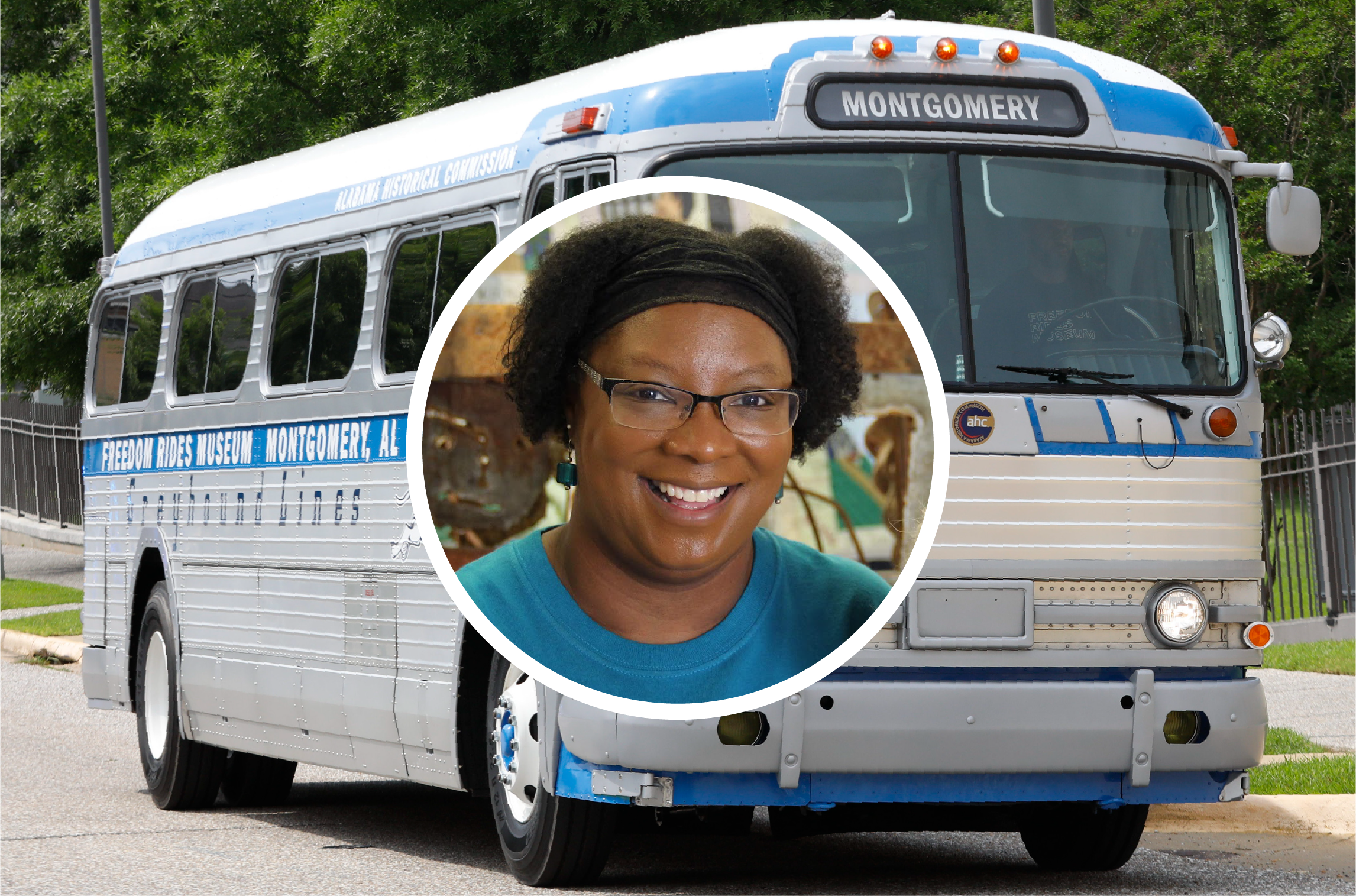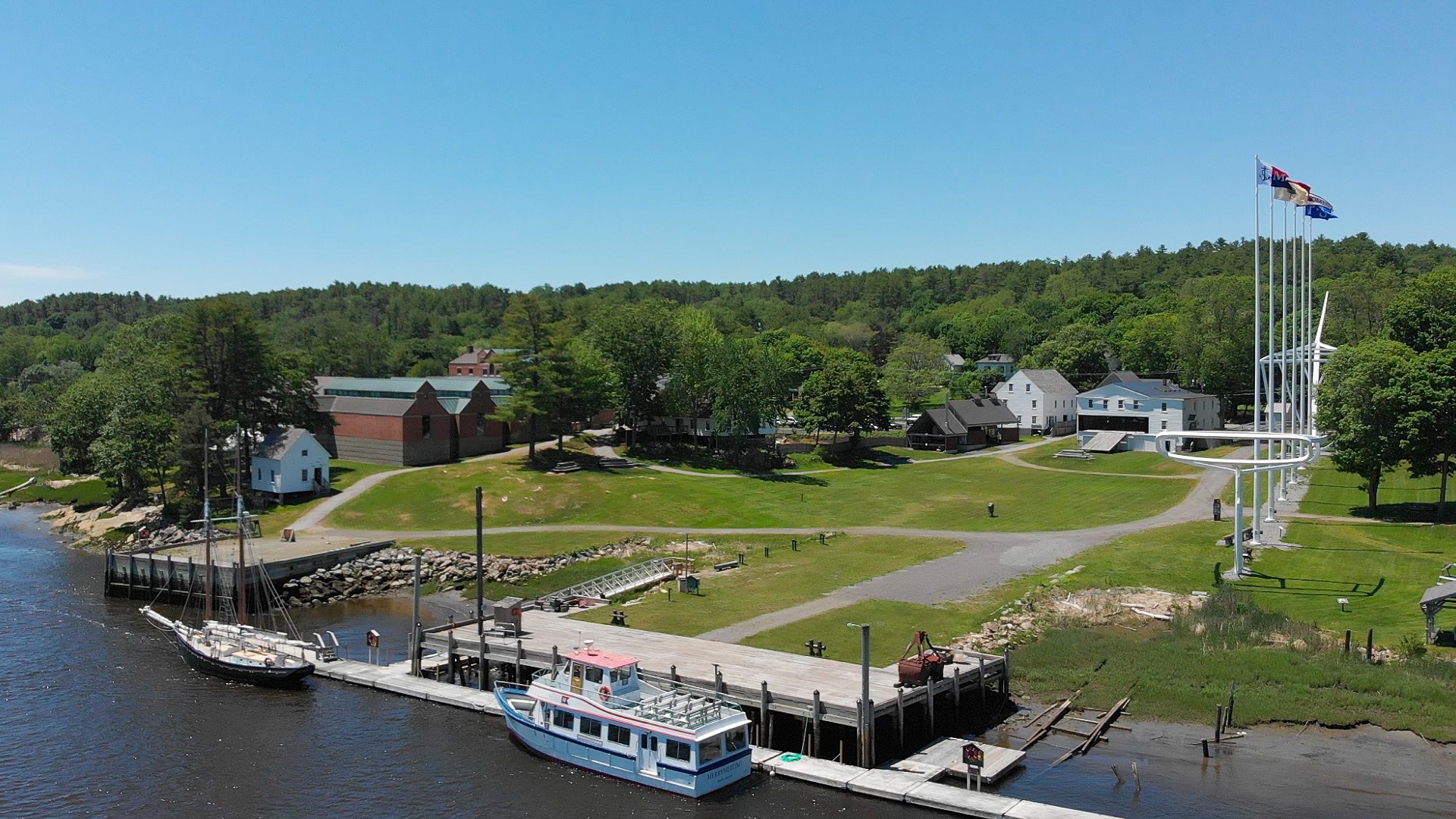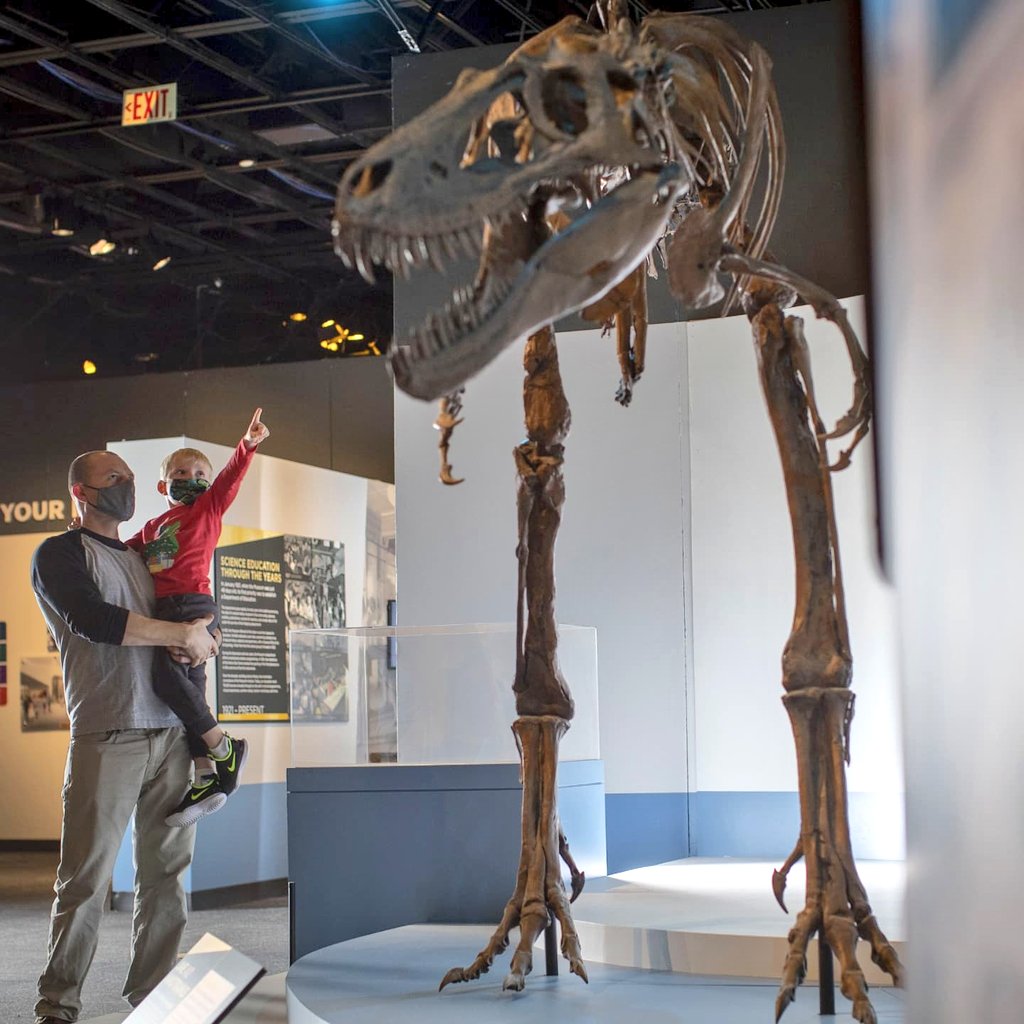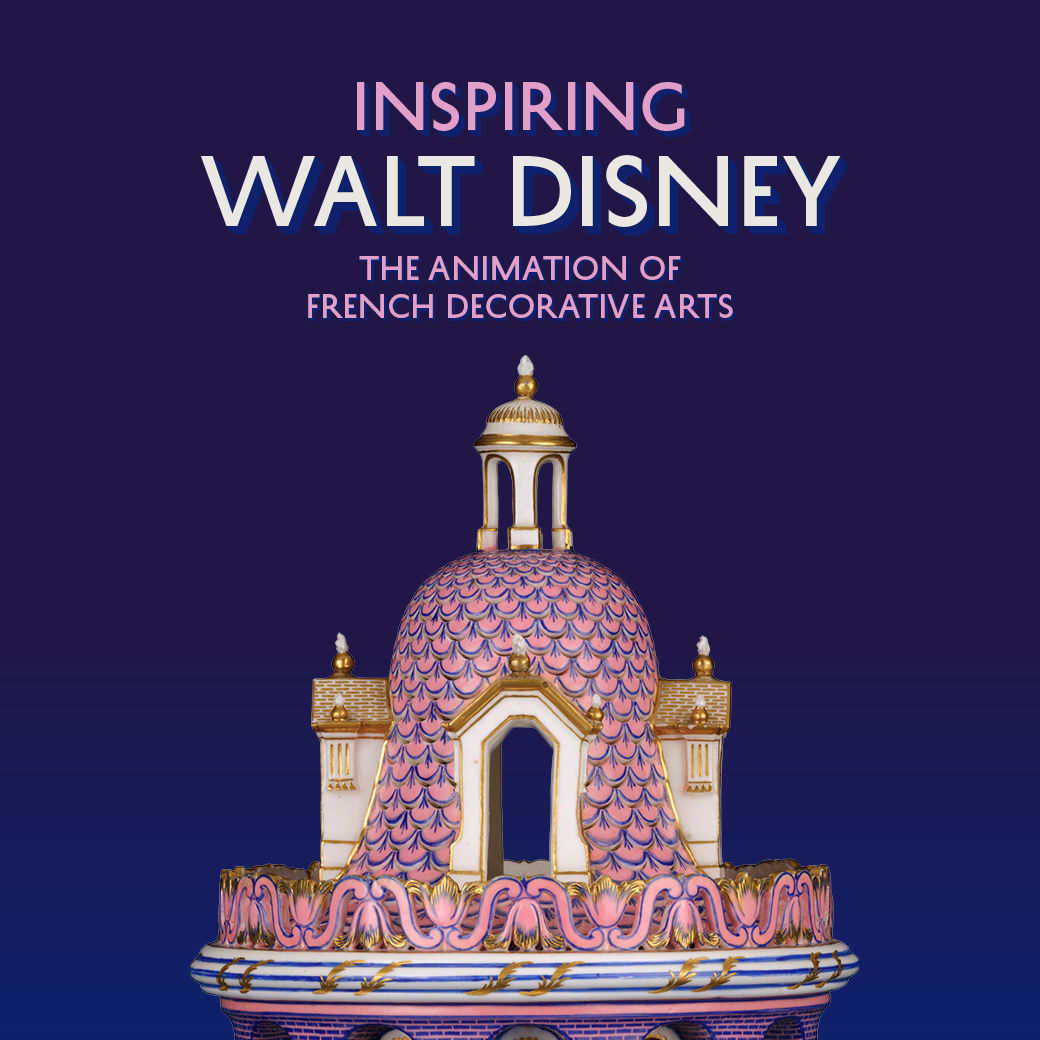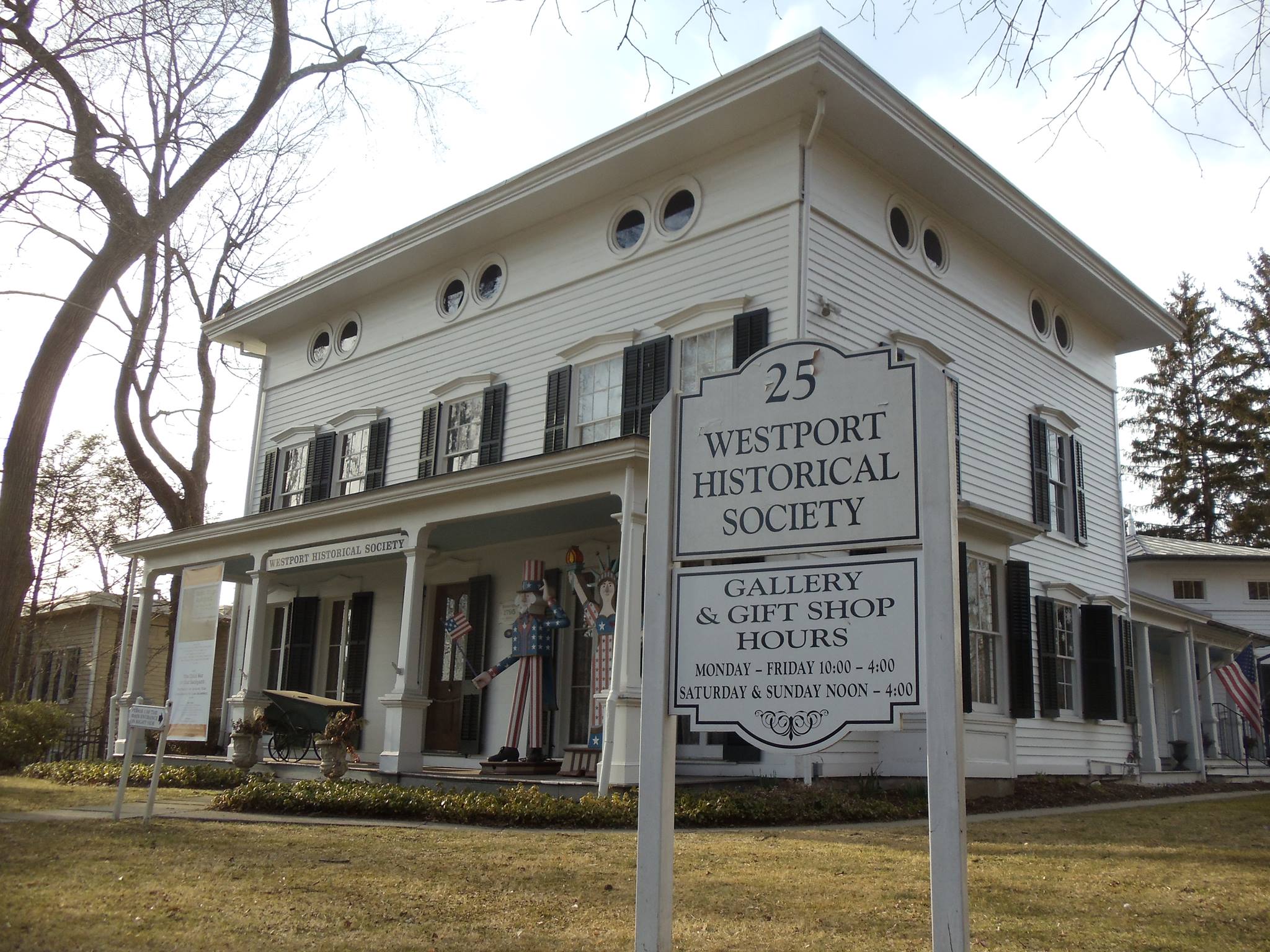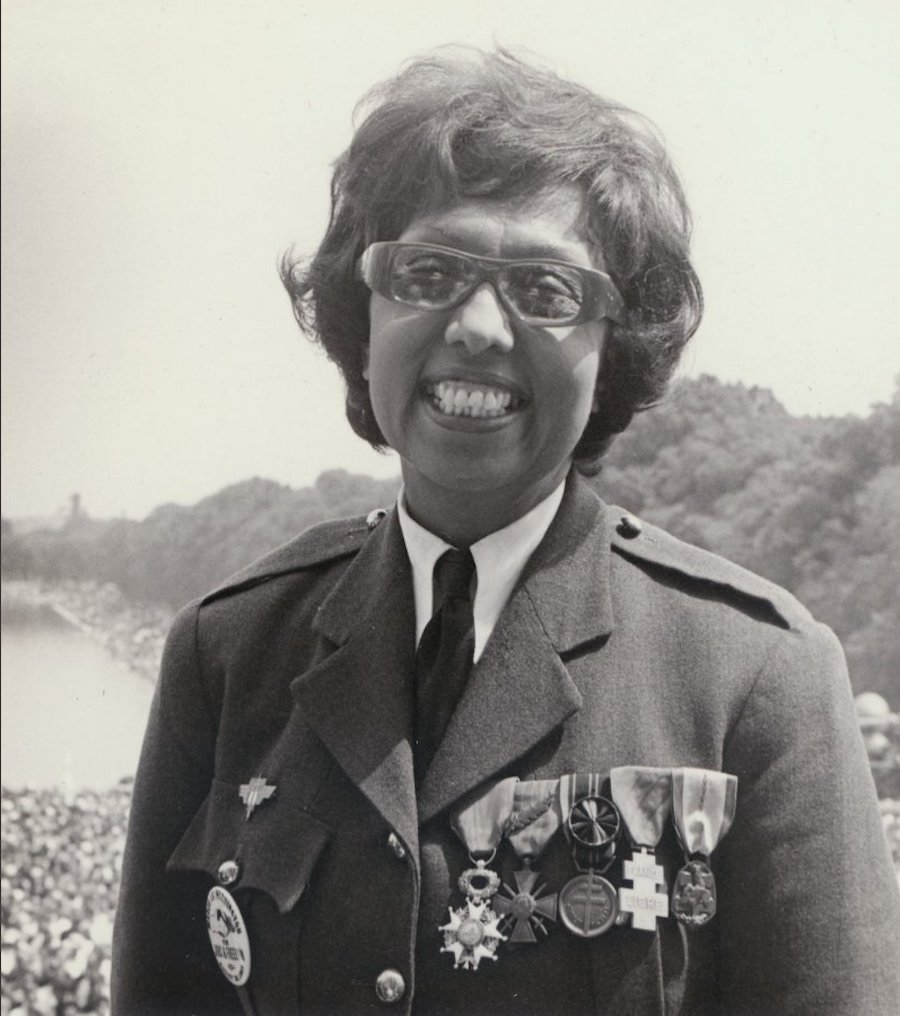Heather Pressman, Molly Brown House Museum
Heather Pressman is an educator with a deep passion for accessibility and inclusion. She currently serves as the Director of Learning & Engagement for the Molly Brown House Museum, where she works to expand access despite the physical challenges of programming within a 132-year-old historic house. She is a founding member of the organizing committee for the Art of Access Alliance in Denver, a consortium working to make Denver’s arts and cultural attractions accessible to everyone. Heather holds a master’s degree in museum studies from Johns Hopkins University, where she also teaches Accessibility in the Museum as part of the Museum Studies program.

How have you all been doing at the Molly Brown House Museum with everything that’s been going on in the last couple of years with the pandemic?
It’s definitely been interesting. We closed down on March 14th of 2020. I think we re-opened at the very end of June, very early July of 2020, and we were able to stay open. There was a brief period right around Thanksgiving where we had to close again for another three weeks or so, but other than that, we’ve been open and obviously with limited capacity and social distancing and all that jazz. We can only accommodate a small number of people anyway, because the space is in a historic house. But we’ve been busy, especially lately once restrictions lifted. We’d been steady, but not necessarily selling out every slot, and now we’re selling out or close to selling out almost every tour time. It’s been a struggle to get volunteers because, like most organizations, most of our volunteers are 65 and up, or they’re young and they have young kids, so those are two groups that can’t really make that work for them very easily.
I attended the panel that you were a part of at AAM, “Advocating for Accessibility in a Time of Crisis,” and I wondered if you could first share a bit about what you all discussed.
We were looking at accessibility in times of crisis. One of the things that we found, during the early days of the pandemic especially, was that accessibility was sort of once again being forgotten. We wanted to do that panel so that we could highlight some things that you can do, pandemic or not, to keep accessibility in the forefront of people’s minds. It really touches all aspects of the museum, whether you’re in administration or you’re an educator, or you are frontline staff, or you work in the cafe, you’re going to be interacting with people with disabilities in any of those roles, whether you know it or not.
How did you first become interested in looking at accessibility for museums?
When I was in graduate school I went to visit a friend of mine who is blind. She was spending the year in Italy, getting her PhD. We went to an institute for the blind in Bologna. They had local artists who had taken famous paintings, like Botticelli’s Venus, and created these 3D plaster versions of these paintings. They partnered the participant with a volunteer who would guide the participant through what they were seeing.
She was looking at the Duke of Urbino. She’s showing her the hat and the nose and then she took her fingers and guided her along the river in the background, and because of perspective, it gets smaller as it goes towards the back. The volunteer says to my friend, “That’s what people mean when they’re talking about perspective.” My friend at the time was 40, and you could see the light bulb go off. For the first time in her life, she understood what perspective was. It got me thinking, “Well if this is one person who has one disability, what are all these other people missing out on?”

How do you think the adjustments museums have made during the pandemic highlight the ways in which accessibility is lacking?
We hear a lot about DEI [Diversity, Equality, Inclusion], and the A [Access] is often left off. That’s the one minority group you can join at any time, whether temporarily or permanently, and COVID brought that to the forefront for a lot of people. People couldn’t get out anymore, so everything really had to come to people.
A lot of museums have specialized programs, which are great, but nobody was doing specialized programs for people with disabilities virtually. Everyone said, “Oh, let’s all do these Zoom programs,” but nobody was thinking about captioning or ASL interpretation. Nobody was thinking about the fact that a lot of people who have disabilities have very little income and may or may not have high-speed internet. It has definitely highlighted some of the disparities that exist.
Do you think this current conversation we’re having around increasing accessibility was specifically brought on by COVID happening, or were we building towards it all along?
I think we were building towards it. Accessibility has been part of the conversation, especially when AAM came out in 2016 with their strategic plan, which specifically included accessibility. Since 2016, when you go to conferences, there’s more and more sessions around accessibility. But I think everything that happened in 2020 really highlighted that there needs to be this continued conversation and that this is something that is important, especially as we’re staring down the face at this aging population. For example, my mom just turned 70, and statistics are if you’re over the age of 80, you have a 50% chance of getting dementia of some sort.
We have to think about those things because not only are most of our volunteers over the age of 65 in the museum field, but most of our donors are also older. We need to be thinking about that and then starting to engage those individuals who are in that age range and their families. Because what happens when somebody starts getting dementia, if their family doesn’t know that they care about this museum or museums generally? They may just cancel all donations that this person had been giving without even really thinking about it. But if they’re engaged in that community as well, then hopefully we can continue getting that funding.
Can you tell me about some practices for accessibility that you have in place at the Molly Brown House Museum?
Being a historic house, we have extra special challenges. A couple years before I started, they added in an accessible lift. It did involve modifying the original structure, but it was a small piece of the back porch. For the first time in the history of the museum and the history of the house, people who had accessibility or mobility devices, like wheelchairs or walkers, were able to not only access the first floor of the house, but also the exhibit space we have in the basement.
The second and third floors of the house are still inaccessible, so we got a grant to create what we call the accessibility lounge. We got some nice furniture and we have a video on an iPad that people can use to explore the different rooms. We have also gotten photographs, and we’ve gotten some touch objects. People are getting a similar experience as they would if they were able to go up to the second and third floors.

What are some of the other challenges for accessibility at a historic site?
A lot of museum, historic sites, and historic houses have started offering programmatic things, depending on their spaces. I think the example we use in the book is the Dumbarton House. The building itself might be accessible, but the doorways are not wide enough for wheelchairs to go through. So, what can you do in those cases? We decided to try to get creative, and that’s why we created this access lounge at my museum. It’s just getting creative and thinking outside the box.
Can you share a bit about the book and where people can find it?
It’s called “The Art of Access: A Practical Guide to Museum Accessibility” and you can get it everywhere; a bookshop, Barnes & Noble, all of the major book places have it. It basically is how to get started in accessibility, regardless of the size of your organization, regardless of your budget. It was definitely a labor of love and hopefully will help people at least get started in the work.

What do you see for the future of accessibility in museums?
The thing with access is that it’s not one and done. You can’t just be like, “Okay, well, we had a training, everybody knows what they’re doing now,” because staff turns over and things in the accessibility world change. Language changes. So just consistently do some sort of training, whenever makes sense for your organization.
A lot of the advocacy organizations like the Alzheimer’s Association and things like that, they’ll do free trainings for your staff, so you don’t necessarily have to worry about putting it in the budget. If it is something that costs a little bit of money, see if there are other museums nearby that you could partner with to do this together and make that cost a little bit easier for everybody to bear.
Doing something is better than doing nothing, so if you are a museum that hasn’t started doing anything, figure out what you can start and do. We like to say the ADA is the starting line, not the finish line. You should be legally compliant, but what can you do beyond that?




